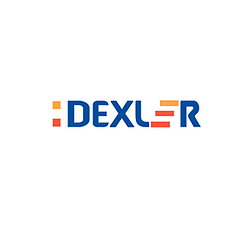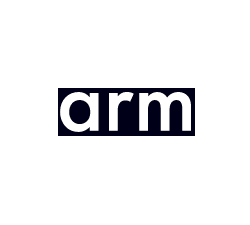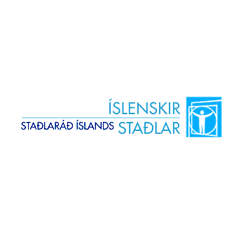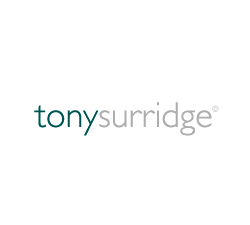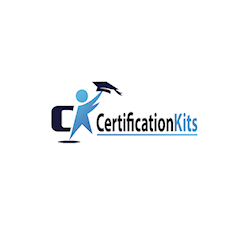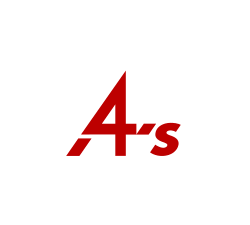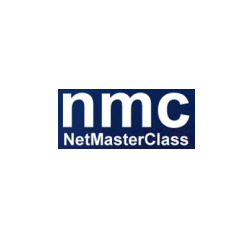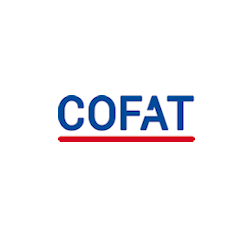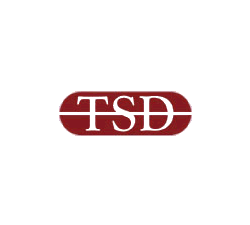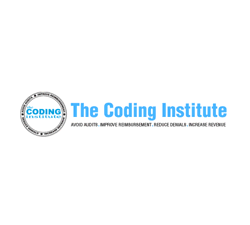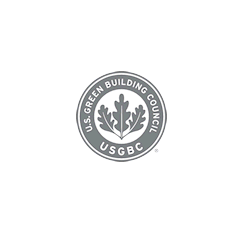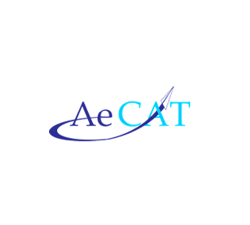Secure Alternative to FileCloud DRM: Is FileCloud Safe?
 What is FileCloud?
What is FileCloud?
FileCloud is an enterprise-targeted cloud storage and file sharing service that offers both an on-premises and cloud-based solution. It is primarily designed to compete with services such as Citrix ShareFile and DropBox business to share files online, but it also offers limited Digital Rights Management (DRM) technology.
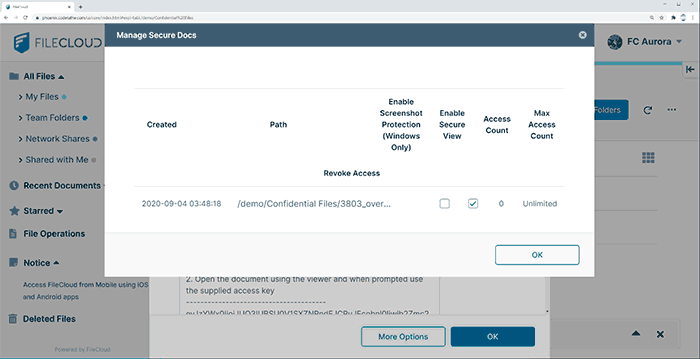
FileCloud claims to protect sensitive and classified documents and ebooks from unauthorized copying and distribution, and provide data leak protection through a combination of AES 256-bit encryption and instant document revocation tools.
It is worth examining the company’s DRM solution in the context of Locklizard Safeguard so that you can make an informed decision about which is right for your business.
 How does FileCloud DRM work?
How does FileCloud DRM work?
DRM Document Protection
- To protect a PDF document, you must login to your account and upload the document to the FileCloud server where it is encrypted.
- You can then export multiple documents in a 256-bit AES-encrypted document container.
%22%20transform%3D%22translate(1%201)%20scale(2.1875)%22%20fill%3D%22%23fff%22%20fill-opacity%3D%22.5%22%3E%3Cpath%20d%3D%22M67.6%2058.9L81.3%2065l-9%2020.1L58.8%2079z%22%2F%3E%3Cellipse%20cx%3D%22181%22%20cy%3D%22181%22%20rx%3D%2220%22%20ry%3D%2220%22%2F%3E%3Cellipse%20rx%3D%221%22%20ry%3D%221%22%20transform%3D%22matrix(4.90092%20-.10913%20.5613%2025.20706%203.1%20228.7)%22%2F%3E%3C%2Fg%3E%3C%2Fsvg%3E)
- This container can only be opened with a valid access key, which is provided to the user via message or email.
%27%20fill-opacity%3D%27.5%27%3E%3Cellipse%20fill%3D%22%23a5a5a5%22%20fill-opacity%3D%22.5%22%20rx%3D%221%22%20ry%3D%221%22%20transform%3D%22rotate(-86.6%20132%2062.2)%20scale(400.56096%20104.81421)%22%2F%3E%3Cellipse%20fill%3D%22%23fff%22%20fill-opacity%3D%22.5%22%20rx%3D%221%22%20ry%3D%221%22%20transform%3D%22matrix(88.96583%20-160.60338%20109.97826%2060.92218%20411.5%20284.4)%22%2F%3E%3Cellipse%20fill%3D%22%23fff%22%20fill-opacity%3D%22.5%22%20rx%3D%221%22%20ry%3D%221%22%20transform%3D%22matrix(-93.01732%20-63.2145%2091.45394%20-134.5704%20415%20291.9)%22%2F%3E%3C%2Fg%3E%3C%2Fsvg%3E)
- Users have to enter this access key when viewing a document. There is nothing to stop users sharing the access key and documents with others.
The FileCloud Viewer or client app
FileCloud provide a basic viewer for viewing protected documents which a user can install on their device.
Before users can open a document they must enter the access key each time.
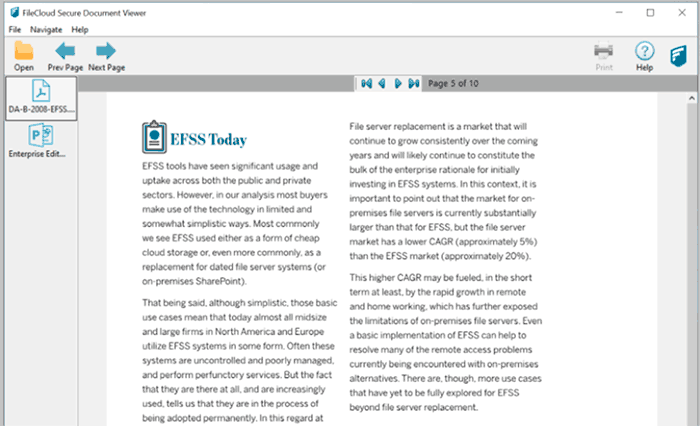
This secure viewer restricts what a user can do with a file, preventing screenshots, printing, and editing. It also restricts the user’s view to a rectangular section around their cursor.
The FileCloud Viewer lacks basic functionality such as search, zoom and annotations. Only Windows and Mac operating systems are supported. This would provide an unusable experience for most users even before the restricted view is taken into account.
FileCloud Server & Offline Use
Users cannot view documents or ebooks offline because to view a document you have to enter the access key which is checked against the Filecloud server. This would be unusable for anyone wanting to view a document or ebook say on a beach, plane, etc.
 FileCloud DRM restrictions
FileCloud DRM restrictions
FileCloud provides limited and rudimentary DRM restrictions or controls.
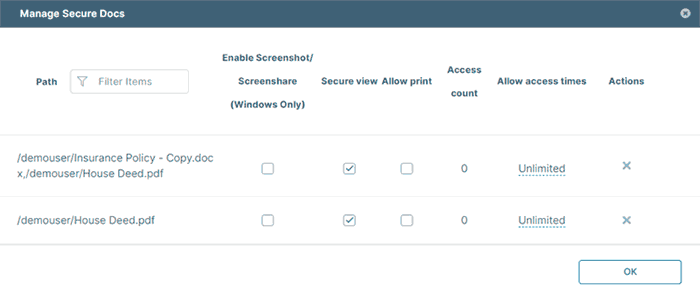
While it says it provides granular control, it lacks basic DRM functionality such as:
- device and location locking
- watermarks
- secure printing (limited and degraded, prevent print to PDF, watermarked prints)
- offline use
All of which one would expect to find in an document DRM or online Digital Rights Management service or system.
 Is FileCloud safe?
Is FileCloud safe?
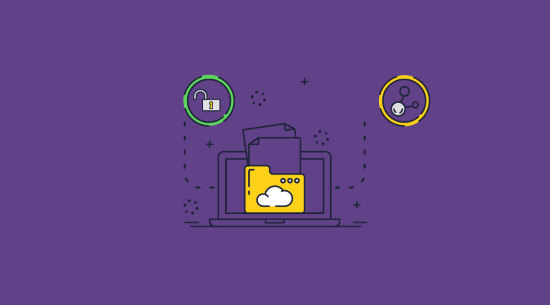
Whether or not FileCloud is safe depends on what your intended use is.
If your goal is to prevent sharing of documents, but users can still share them and the access keys, then you might consider the other DRM controls to be useless.
Just as with secure data rooms, we would not recommend that anybody stores their unprotected confidential files in the cloud on servers whose security they cannot verify. The on-premises version of FileCloud gives enterprises better control over their data, provided they have the expertise to secure it properly.
If you are planning on using FileCloud to protect confidential files, these are the risks you should be aware of:
- FileCloud does not lock documents to devices or users
A document access key can be used on any device and can easily be shared with unauthorized users along with the document. The same document can even be opened using the same key on different devices simultaneously. - Exposing the key to the user is a bad idea
Even if they do not have malicious intent, you cannot guarantee that the user will store the decryption key securely. Users could end up storing the keys to dozens of confidential documents in a plaintext notepad file on their desktops. Then there is the problem of managing them. - FileCloud does not support watermarks
Though you can add a watermark before uploading, this won’t be dynamic – i.e. it won’t identify the user that has opened the document. This is problematic, as if you enable printing there is nothing to stop a user from sharing printed copies or photocopies. If a user manages to screenshot a document or take a picture of it with their phone, there is nothing to deter them then, either. - Screenshots are not prevented in virtual machines or RDP sessions
Many enterprises use these tools daily, so this could present a significant and relatively non-technical workaround. There is unfortunately no option to grey out the FileCloud viewer when it is not in focus. - You have to upload the unencrypted document to the server before you can secure it
If the user does not delete the files afterward, a compromize of their account or the server could grant an attacker access to all of their unencrypted documents. - Remote wipe is useless
FileCloud say they can remotely wipe data off a device. But what about the backups? See why remote file deletion does not work.
Overall, FileCloud does provide some additional security over Google Docs and some other document cloud services, but that’s not saying much. Given its flaws, it’s difficult to recommend it for use with sensitive and confidential documents.
 | FileCloud pricing vs Locklizard |
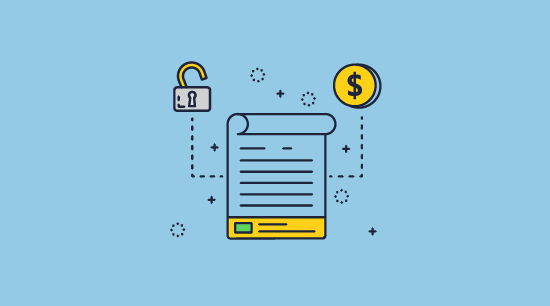
FileCloud pricing is significantly more expensive
Locklizard and FileCloud have fundamentally different approaches to pricing. FileCloud follows the rest of the cloud industry in offering per-user pricing. Locklizard provides a choice of annual, or perpetual, or “own server” licenses across two products: Safeguard PDF security and Safeguard Enterprise.
To gain access to FileCloud’s DRM features, you must be on its “Advanced” plan, which costs $18.75 per user/month, with a minimum of 25 users. Therefore, the minimum monthly cost of FileCloud is $468 for just 25 users. Safeguard offers DRM as part of its base Safeguard Security plan, which works out singificantly cheaper.
*Locklizard pricing reflects its annual license option.
 | FileCloud DRM vs Locklizard: DRM feature comparison |
The point to understand about FileCloud is that it is casting a wide net. It is a Swiss army knife solution to cover everything from secure file sharing, antivirus, DLP, and document security. However, the problem with this approach is that you can rarely provide functionality that is as deep as a focused competitor. And this can be seen when comparing the DRM and secure viewer functionality of FileCloud and Locklizard Safeguard PDF DRM:
Feature
- Prevent sharing
- Restrict editing
- Stop copying and pasting
- Disable printing
- Document revocation
- Dynamic watermarking
- Expiry & self-destruct timers
- Screenshot prevention
- Lock documents to devices & locations
- Document use tracking
- Limit number of views
- Limit number of prints
- Limit printing to black & white
- Secure key transfer and storage
- API integration
- PDF optimization
- Custom messaging on file open
- Support for multiple formats
Locklizard Enterprise DRM
- ✔️
- ✔️
- ✔️
- ✔️
- ✔️
- ✔️
- ✔️
- ✔️
- ✔️
- ✔️
- ✔️
- ✔️
- ✔️
- ✔️
- ✔️
- ✔️
- ✔️
- ✖️
FileCloud Enterprise Online
- ✖️
- ✔️
- ✔️
- ✔️
- ✔️
- ✖️
- ✖️
- Windows only
- ✖️
- ✔️
- ✔️
- ✖️
- ✖️
- ✖️
- ✖️
- ✖️
- ✖️
- ✔️
 | FileCloud vs Locklizard: Viewer feature comparison |
Feature
- Bookmarks
- Search for words or phrases
- Highlight and comment
- Zoom in and out
- Rotate documents
- Offline viewing
- Proxy support
- Web Viewer
- Support for Android and iOS
- Support for MacOS and Window
Locklizard Enterprise DRM
- ✔️
- ✔️
- ✔️
- ✔️
- ✔️
- ✔️
- ✔️
- ✔️
- ✔️
- ✔️
FileCloud Enterprise Online
- ✖️
- ✖️
- ✖️
- ✖️
- ✖️
- ✖️
- ✖️
- ✖️
- ✖️
- ✔️
As you can see, FileCloud offers only basic viewer functionality and DRM controls. Locklizard is a safe and more secure alternative to FileCloud – it is built from the ground up for document security, and as a result, can offer a set of modular restrictions. These restrictions allow enterprises to protect each document in a way that is best suited to its use case. Locklizard also provide a fully-featured PDF viewer application that meets all of the requirements of a modern business.
 | Conclusion of our FileCloud DRM alternative review |
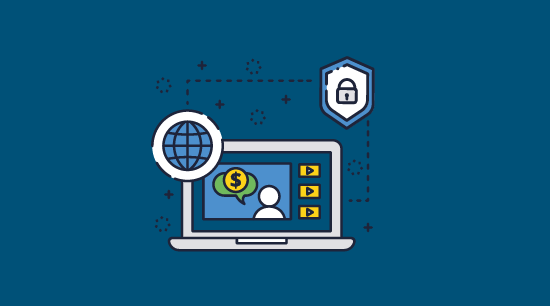
FileCloud, just like Dropbox, is a useful tool for businesses for file sharing while offering some DRM protection for documents. However, its DRM is ultimately not effective at preventing the unauthorized sharing of documents. Users can easily share their access key with others to provide access and screenshot via a virtual machine or RDP session to bypass copying and printing controls. When printing is enabled, the lack of dynamic watermarking, printing to PDF files, and print number limits means printing is completely unrestricted and untraceable. Users can distribute hundreds of printed copies or scan a printed document to create an unrestricted digital version.
Locklizard is a better alternative to Filecloud for document protection. Locklizard provides DRM security that is more comprehensive, cost-effective, and customizable. Locklizard Safeguard PDF and Safeguard Enterprise Rights Management lock documents to devices and locations with a secure key transfer mechanism and DRM controls that cannot be bypassed. Our DRM software allows you to be confident that when you allow printing, it is controlled, and that users can still view your document while offline.
The Safeguard Viewer, meanwhile, provides a viewing experience that is well-suited to a business environment. Our secure PDF viewer provides better protection while enabling annotations, proxy, zoom, search, and bookmarking functionality.
You can read more about our PDF security software here. Add effective DRM security to your PDF files and protect your royalties or sensitive information, by taking a 15-day free trial of our DRM software.









 Free Trial & Demo
Free Trial & Demo What is FileCloud?
What is FileCloud? How does FileCloud DRM work?
How does FileCloud DRM work?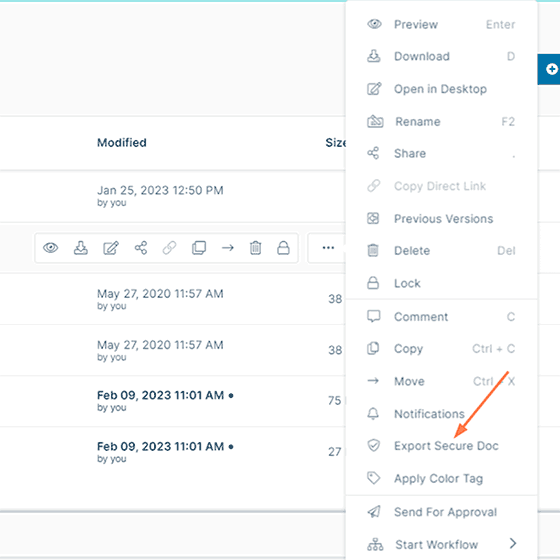
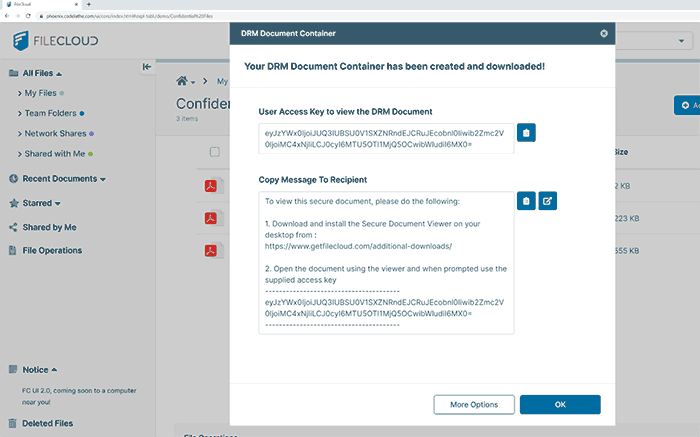
 FileCloud DRM restrictions
FileCloud DRM restrictions Is FileCloud safe?
Is FileCloud safe? FAQs
FAQs
